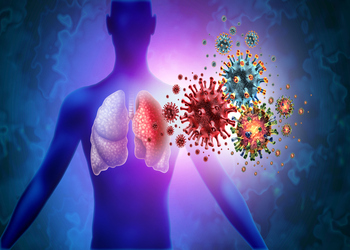Fever Viral Bacterial Infection
- Home
- Fever Viral Bacterial Infection

A fever is a body temperature that's higher than normal, and it's usually a sign of an infection. Viral and bacterial infections are both common causes of fevers, and they can range from mild to severe.
Viral infections
Caused by microscopic viruses that invade and replicate in the body's cells
Can cause the flu, common cold, or COVID-19
Often start suddenly with a high fever, and resolve in less than a week
Can be transmitted through close contact, contaminated surfaces, or from mother to child
Symptoms include fever, chills, sweating, headache, muscle aches, and weakness
Viral infections are usually self-limiting and don't require medical treatment
Bacterial infections
Caused by bacteria, which are tiny single-celled organisms
Can cause strep throat, bladder infections, or pneumonia
Can have a more gradual onset and lead to severe, prolonged symptoms
May require antibiotics to treat
Symptoms include fever, chills, headache, neck stiffness, ear pain, cough, vomiting, stomach pain, and difficulty breathing
